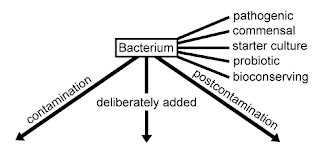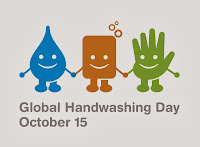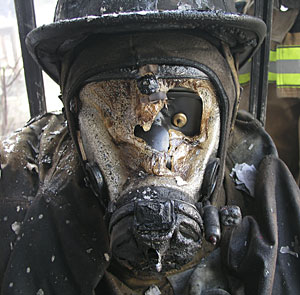Entradas
Mostrando las entradas de octubre, 2013
| Lista de correo. Espere su aprobación. |
| Consultar este grupo |
Antimicrobial Resistance in the Food Chain: A Review
- Obtener vínculo
- X
- Correo electrónico
- Otras apps
Influence of temperature and organic load on chemical disinfection
- Obtener vínculo
- X
- Correo electrónico
- Otras apps
Histoplasmosis: Protecting Workers at Risk
- Obtener vínculo
- X
- Correo electrónico
- Otras apps
Technologies to Enable Autonomous Detection for BioWatch
- Obtener vínculo
- X
- Correo electrónico
- Otras apps
Oct 15, Día Mundial del Lavado de Manos #IWashMyHands
- Obtener vínculo
- X
- Correo electrónico
- Otras apps
Fire Exposures of Fire Fighter Self-Contained Breathing Apparatus Facepiece Lenses
- Obtener vínculo
- X
- Correo electrónico
- Otras apps
The Handwashing Handbook
- Obtener vínculo
- X
- Correo electrónico
- Otras apps
Volcanoes: Protecting the Public´s Health
- Obtener vínculo
- X
- Correo electrónico
- Otras apps
Advancing infection control in dental care settings
- Obtener vínculo
- X
- Correo electrónico
- Otras apps
StarTalkRadio: Zombie Apocalypse (Part 2)
- Obtener vínculo
- X
- Correo electrónico
- Otras apps
How to choose a suit for a BSL4 laboratory
- Obtener vínculo
- X
- Correo electrónico
- Otras apps










